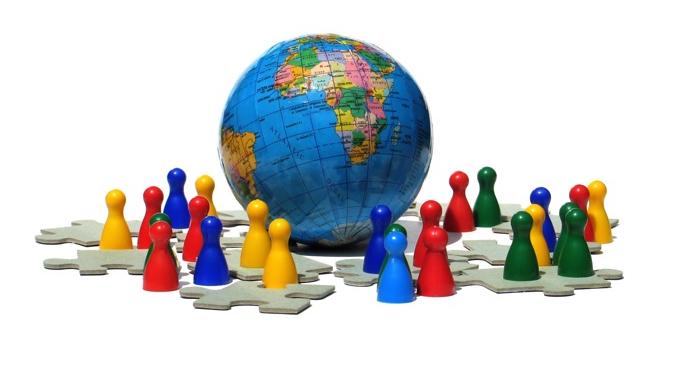The European Foundation for Quality Management (EFQM) Excellence Model was introduced in 1991 as the framework for organizational self-assessment and as the basis for judging entrants to the European Quality Award, which was awarded for the first time in 1992. A number of factors have encouraged many western countries to introduce quality awards. Among these were: the importance of quality for competitiveness, and contribution of benchmarking and self-assessment techniques to improving performance. The award models are used extensively throughout the world by leading companies and can thus be used for international benchmarking comparisons.
… Read the restA framework designed to assist organisations achieve business excellence through continuous improvement in the management and deployment of processes to engender wider use of best practice activities.


